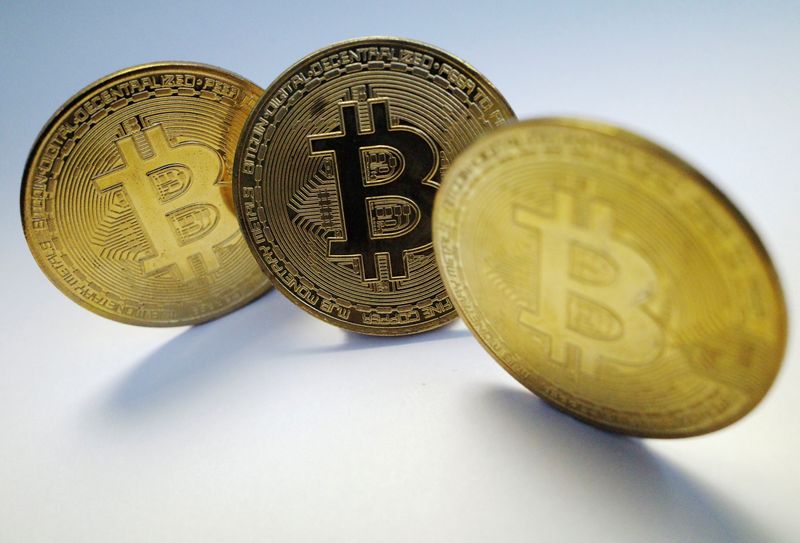Proactive Investors - What is the Bitcoin Halving?
The Bitcoin Halving is an event programmed into the Bitcoin network that cuts the reward for mining new blocks in half. This event occurs approximately every four years (every 210,000 blocks, to be precise).
A ‘block’ is basically a data package housing the information of a bundle of transactions performed on the Bitcoin network.
In technical terms, the Bitcoin network relies on a consensus algorithm called Proof of Work (PoW), whereby miners use computational power to solve complex mathematical puzzles to validate transactions.
These miners are rewarded with newly minted bitcoins for their efforts.
This mining reward was initially set at 50 bitcoins per block in 2009. However, due to these Halving events, this reward decreases over time.
After the first halving in 2012, it became 25 bitcoins per block, then 12.5 in 2016, 6.25 in 2020, and, soon, 3.125.
When all Bitcoins have been mined (estimated to occur around the year 2140), miners will only earn transaction fees for processing transactions.
The philosophy of Halving
By halving the reward for mining new blocks, the rate at which new bitcoins are created and enter circulation is slowed down.
This mechanism ensures that the total supply of Bitcoin will approach, but never exceed 21 million coins.
As a result, Bitcoin mimics a deflationary economic model, contrary to traditional inflationary currency, which can be printed in unlimited quantities.
This is one of the core philosophical underpinnings of Bitcoin technology.
Embedded into Bitcoin’s ‘genesis block’ (the first block of transactions to be validated) was a line of text:
“The Times 03/Jan/2009 Chancellor on brink of second bailout for banks.”
The message is widely interpreted as a critique of the traditional financial system, underscoring Bitcoin's foundational ethos as an alternative to centralised banking systems and a response to the financial crisis of 2007-2008, which led to government bailouts of banks.
As a currency mined and validated by thousands of nodes around the world, no single entity is in control of its distribution, meaning no single entity can devalue it.
That’s not to say Bitcoin can’t fall in value, as is clearly evident in its historical price chart. But this is less a result of central policymaking and more a response to free market forces.
Does bitcoin rally post-Halving?
Yes and no.
It is human nature to seek out patterns (the entire world of technical analysis is built on this concept), but Bitcoin’s price performance is not fundamentally linked to the Halving.
Or to put it more accurately – Bitcoin will not go to the moon when the next halving happens.
Yet it is also true that Bitcoin’s price has increased hundreds of thousands of times since accurate pricing data first emerged in the early 2010s, during which three halvings have occurred.
Halving increases Bitcoin’s scarcity, and basic economics says scarcity equals greater value.
But unlike gold, another scarce commodity that Bitcoin often draws parallels with, the cryptocurrency has only been around for 15 years, not thousands.
There is not enough data to make a valid post-Halving price prediction – and you should beware of anyone who suggests otherwise.
No two halves
Furthermore, the upcoming Halving is unlike previous Halving events.
Bitcoin is substantially more mainstream and institutionalised since the last Halving in 2020.
This year saw the approval of 11 spot-Bitcoin exchange-traded funds offered by the likes of BlackRock (NYSE:BLK), VanEck, Fidelity, WisdomTree and other major asset managers.
In a short space of time, these ETF issuers have taken hold of more than $53 billion worth of bitcoin. That’s nearly 4% of Bitcoin’s entire $1.4 trillion market capitalisation (going by Thursday, 28 March figures).
This event has triggered a substantial rally in Bitcoin’s price, even hitting an all-time high of more than $73,000 earlier in March.
With Bitcoin’s price so elevated, it is unclear if there is enough gas left in the bulls’ tanks to drive it substantially higher in the short term, Halving or no Halving.
That is not to say it won’t rally post-Halving (as mentioned above, declaring a price prediction as fact is a fool’s game in the world of cryptocurrency).
When, exactly, will Bitcoin halve?
A Halving occurs after every 210,000th block of transactions is validated.
A Bitcoin block is validated approximately every 10 minutes, though it’s not an exact science.
Therefore, we block that Bitcoin will halve precisely at the 210,000th block, but the exact time and date in the Gregorian calendar sense are more of a guess.
Current estimations have the Halving occurring on 19 April.
